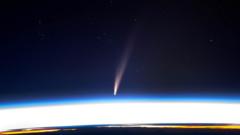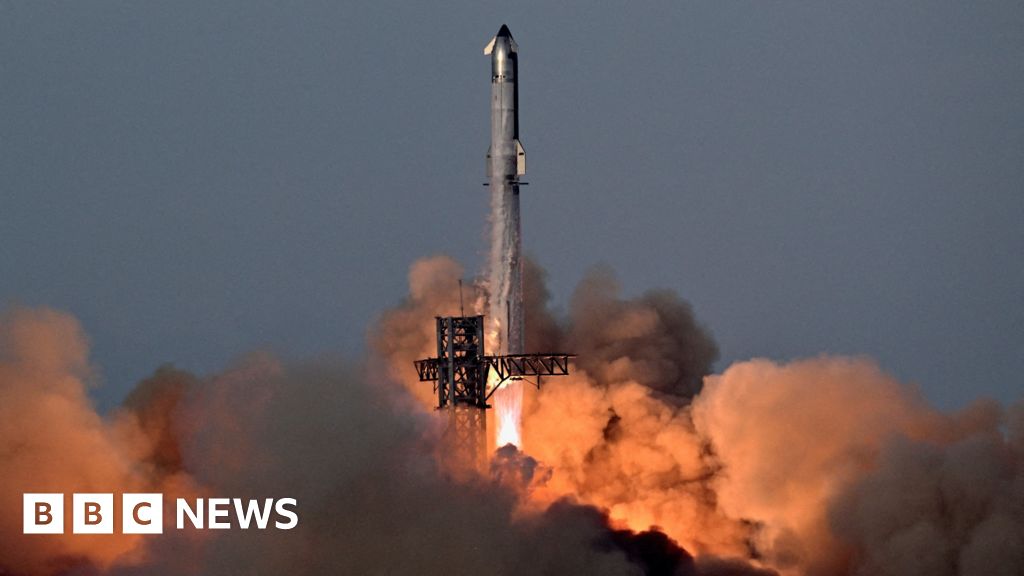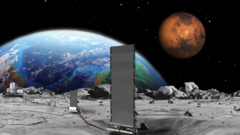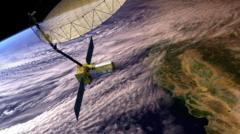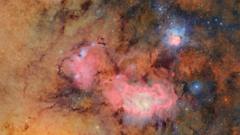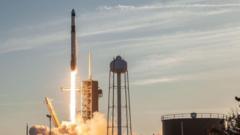Astronomers are buzzing with excitement as Comet C/2024 G3 (Atlas) prepares to light up the night sky, an event that hasn't occurred in approximately 160,000 years. NASA confirms that this bright celestial body, previously observed by the agency's Asteroid Terrestrial-impact Last Alert System, may shine brightly enough to be seen with the naked eye.
This weekend marked a significant milestone, as the comet reached perihelion—the point at which it is closest to the Sun. Experts suggest that this proximity could greatly influence its brightness and visibility. While predictions for celestial events like comets are often delicate, the comet is anticipated to reach brightness comparable to Venus, particularly in the southern hemisphere, where conditions may be optimal for viewing.
Dr. Shyam Balaji, a researcher from King’s College London specializing in astroparticle physics, outlined the comet's current trajectory, estimating it will come within approximately 8.3 million miles of the Sun—an aspect that categorizes it as a "sun-skirting" comet. He emphasized that while the days around perihelion offer the best chance for sightings, the comet's behavior can be unpredictable.
For those located in the southern hemisphere eager to catch a glimpse of this rare visitor, Dr. Balaji recommends looking toward the eastern horizon during the dawn hours and then toward the western horizon after sunset. Conversely, viewers in the northern hemisphere, including the UK, may face some challenges due to the comet’s positioning relative to the Sun.
Those keen to witness the comet are advised to escape light pollution, potentially using binoculars or small telescopes to enhance their viewing experience. Caution is advised around dawn and dusk as conditions change, and tracking the comet's position will be key to spotting it in the evening skies.
Adding to the excitement, NASA astronaut Don Pettit recently shared an image of the comet captured from the International Space Station, highlighting just how remarkable this event is as it unfolds. With sky conditions rapidly changing, astronomy enthusiasts are encouraged to monitor local weather reports, particularly from platforms like BBC Weather, to increase their chances of witnessing this phenomenal cosmic event.

